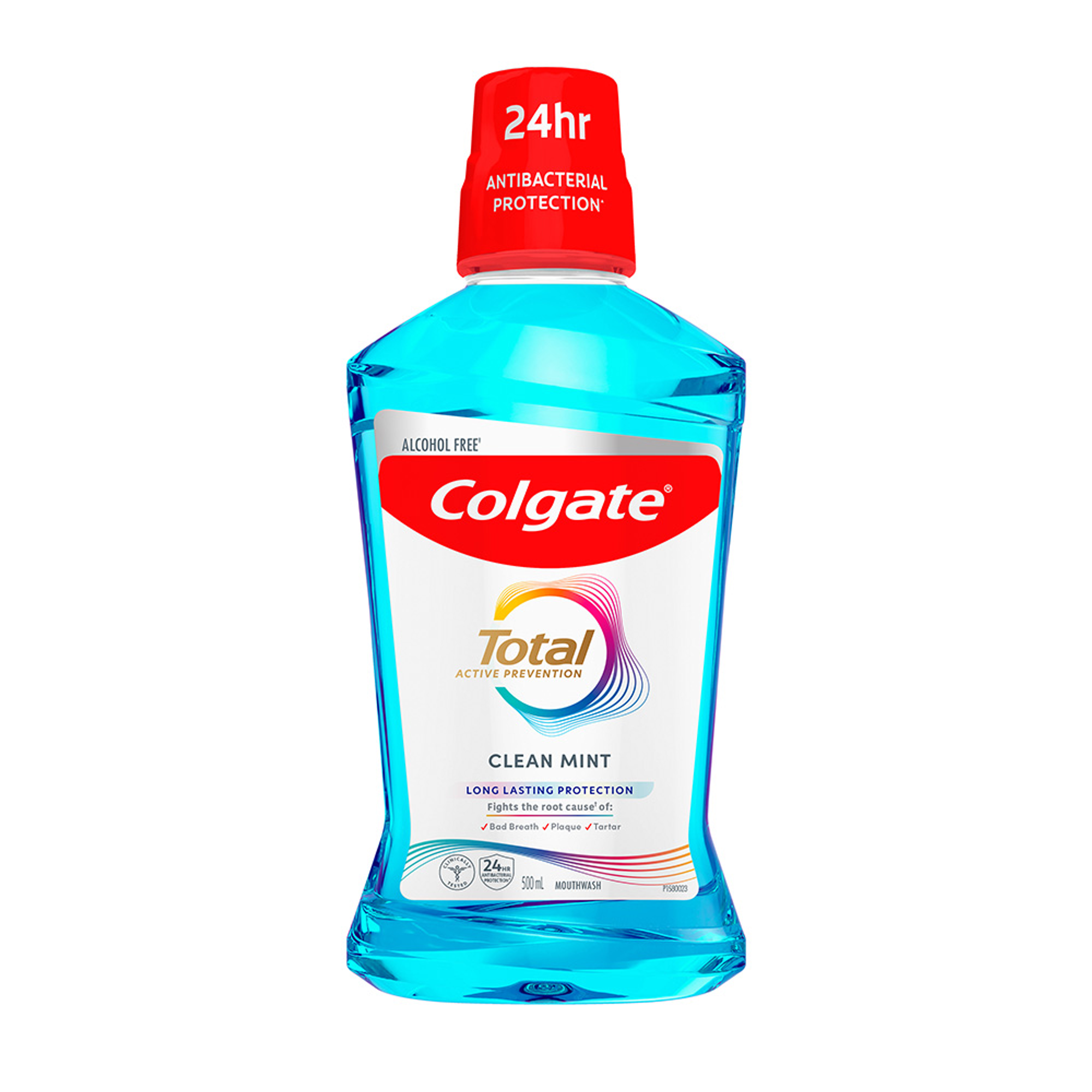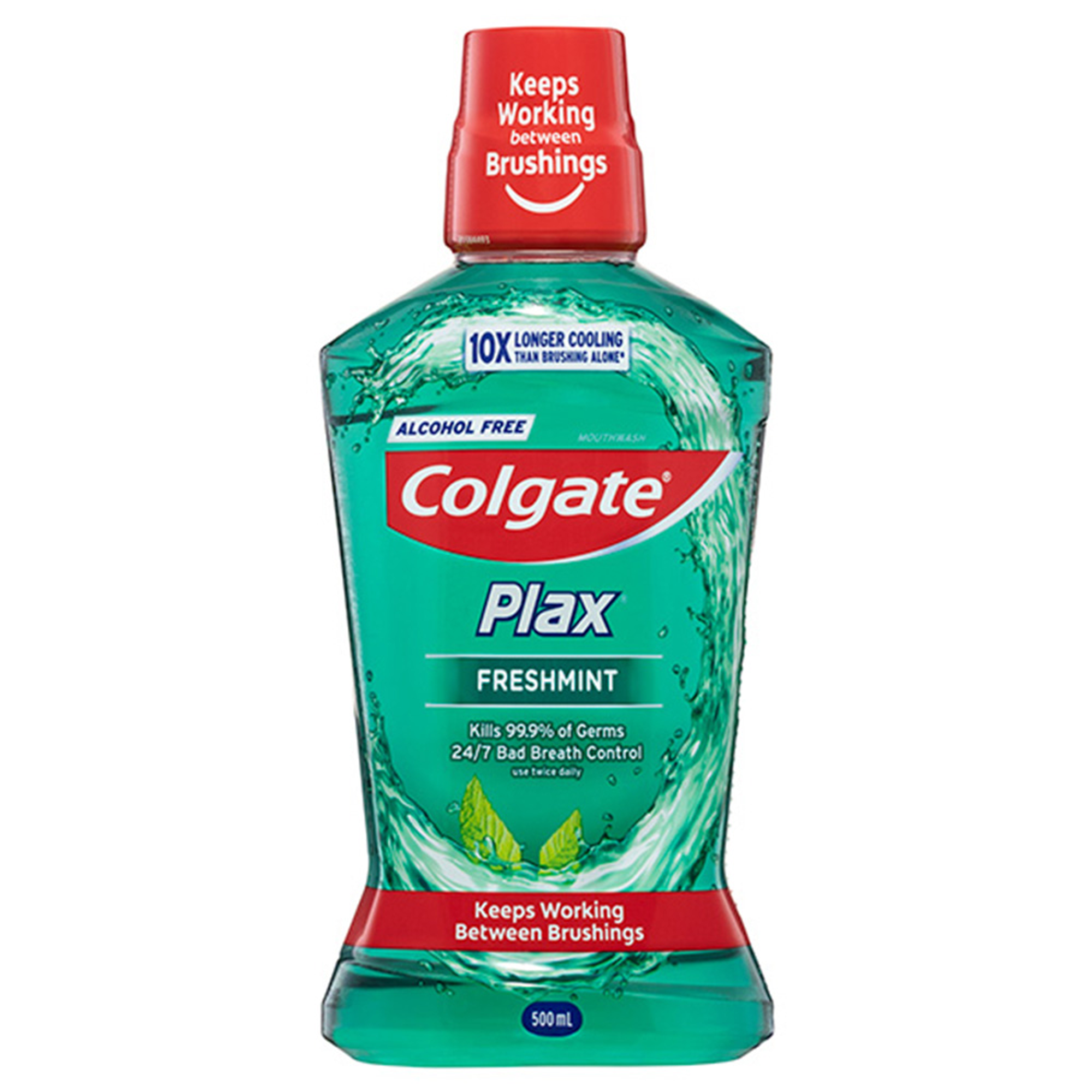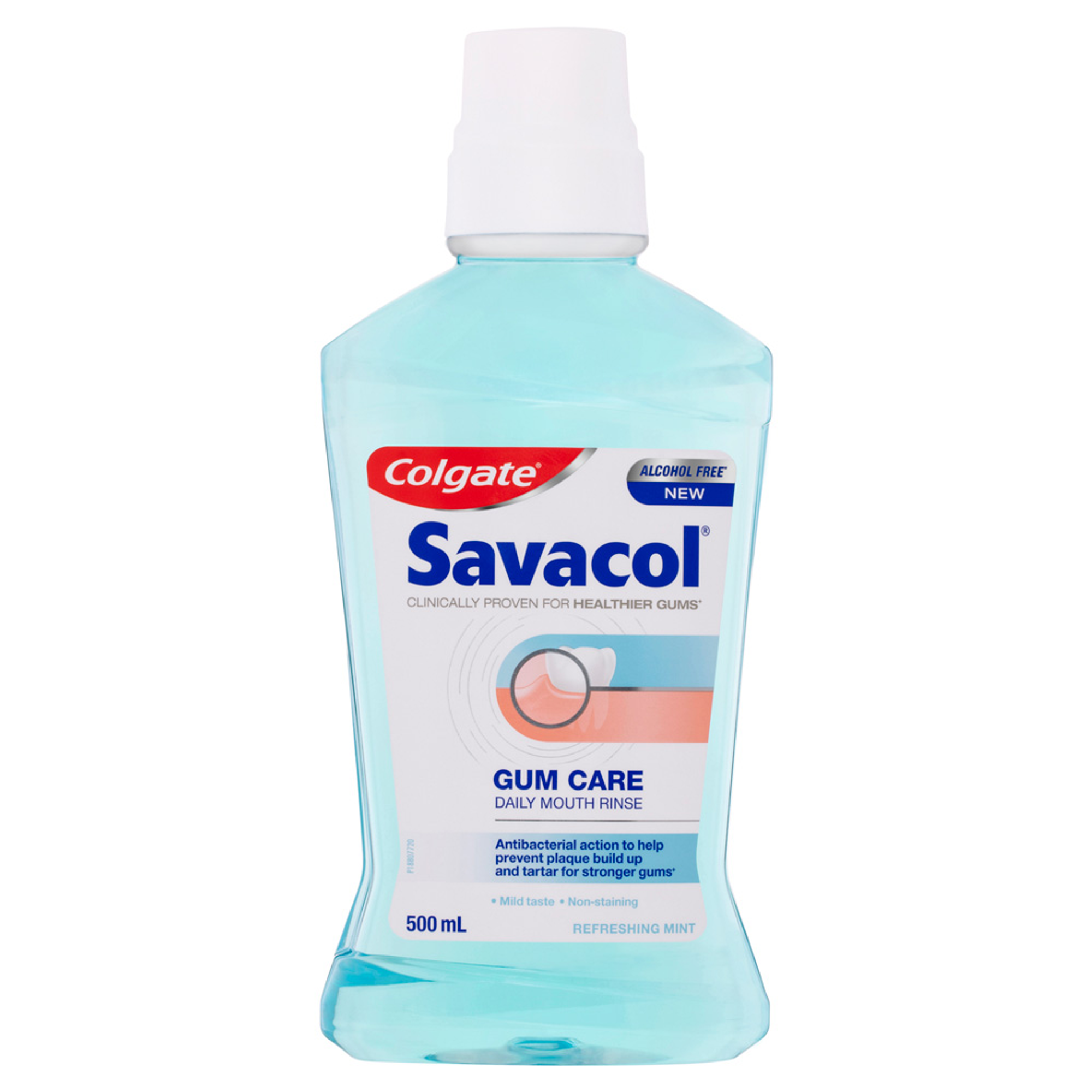
As a newly practicing dentist, patient retention may present as a challenging factor to face. Even with great clinical skills, sometimes you may still face the issue of retaining patients. Leaving dental school, we are armed with knowledge, however taking the steps to ensure your patients understand and act on the information provided can improve patient decisions and outcomes as well as retention.
What is health literacy?
Health literacy is a measure of the ability of individuals to locate and use information to improve their oral health. It can be broken up into two sections; an individual’s level of health literacy and the environment supporting the individual. Individual health literacy includes the skills and abilities to find, understand and act on health information, while a health literate environment can include an organisation that makes it easier for people to navigate, understand and use information and services, to take care of their health.
A 2006 survey by the Australian Bureau of Statistics (ABS) reported 59% of 15-74 year-old Australians as having less than adequate health literacy skills.1 No two people who walk into your dental clinic will act or learn in the same way, making health literacy an important consideration.
Why consider it?
With more than half of patients possibly presenting with lower level health literacy, if individual patient literacy is not considered, information provided may not be tailored correctly.
Poor health literacy has been shown to be associated with increased use of health services, missed appointments and levels of illness. Individuals are at greater risk of hospitalisation and are less likely to use preventive services or practice self-care.
Individuals with low level health literacy are up to 1.5 to 3 times more likely to experience poor health outcomes.2 They may be less likely to ask questions of their dentist or ask for clarification or more information if they do not understand. This can ultimately impact patient retention and the likelihood of following through with treatment.
People with low level health literacy often lack knowledge regarding the body and causes of disease, including diseases and health conditions they themselves are experiencing. A 2014 survey reported more than half (57%) of Australians were not sure about the causes of tooth decay and 58% believed it happens to everyone.3 As a dentist, where knowledge of the caries process becomes second nature, it can be easy to forget this is not common knowledge. Should a person not understand what causes tooth decay, how are they going to institute preventive actions?
Top tips to consider
Building patient-practitioner rapport and the importance of such cannot be underestimated. Get to understand your patient’s level of health literacy. Consider asking how they find oral health information. These days it is a constant battle to stay above the misinformation that can be provided online or the aesthetically packaged and well marketed products on social media. Alternately, ask your patient how they rate their own oral health. Individuals with low level health literacy are less likely to demonstrate knowledge of the condition of their health and more likely to rate their health as poor. Asking why demonstrates how your patient interprets what they consider ‘healthy.’ If they respond, ‘my teeth are dark with a lot of visible fillings,’ they may be conflating appearance with health.
Do not use medical jargon. Encourage patients to speak up when they have a question or do not understand the information provided, employ a range of interpersonal communication skills and tailor your communication style to the patient before you.
When providing medical history and consent forms, ensure your patient has the ability to read and understand these documents and feel supported if they do not. Influenced by their level of health literacy, some patients may consider recent hospitalisations, upcoming surgeries or certain medical conditions or medications, such as herbal remedies or injections, to be non-relevant to dentistry. Engaging in discussion, can elicit further information and reduce the risk of harm to your patients.
ABS (Australian Bureau of Statistics) 2009. Health literacy. ABS cat. no. 4233.0. Canberra: ABS.
Dewalt DA, Berkman ND, Sheridan S, et al. Literacy and health outcomes: a systematic review of the literature. J Gen Intern Med. 2004;19(12):1228–1239.
The Colgate Cavity Report, Drilling into Australian Tooth Decay, Lonergan January 2014.
Dr Mikaela Chinotti, BDS, MPH, has been practising as a general dentist for 6 years. She has previously worked in rural and regional government, private and health fund owned practices in North Queensland. Her passion lies in minimal intervention dentistry, health promotion and health education. Now in Sydney, Mikaela works as the Australian Dental Association (ADA) Oral Health Promoter as well as part time as a general dentist.
Join us
Get resources, products and helpful information to give your patients a healthier future.
Join us
Get resources, products and helpful information to give your patients a healthier future.











